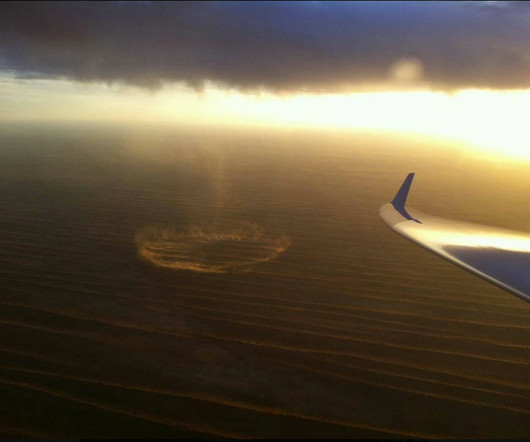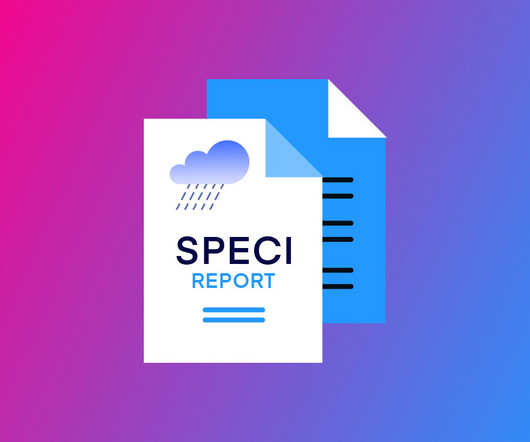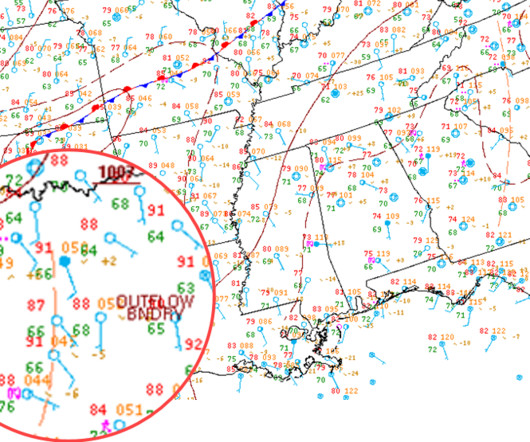Turbulence
Air Facts
OCTOBER 14, 2024
The mechanical force is via the wind velocity and direction. Wind velocity of greater than 20 knots with higher gusts, especially flowing over rough terrain, can lead to an unwelcome flight. The eddies mixing with the vertical motion of the heat generating lift of the heated air makes for discomfort.
















Let's personalize your content